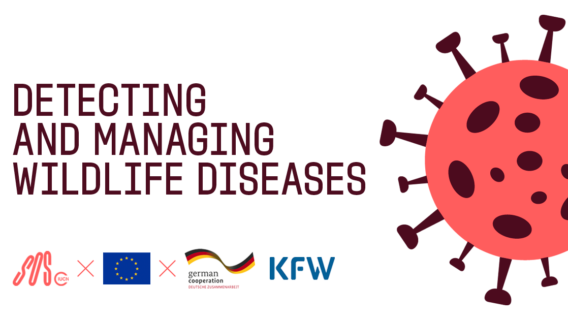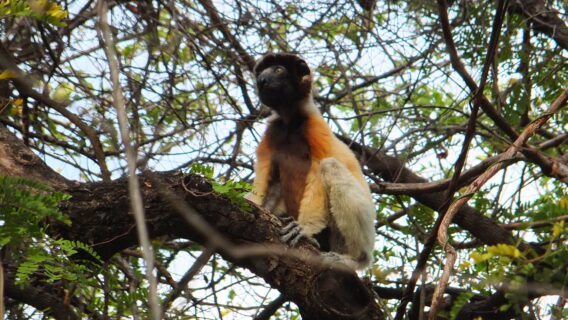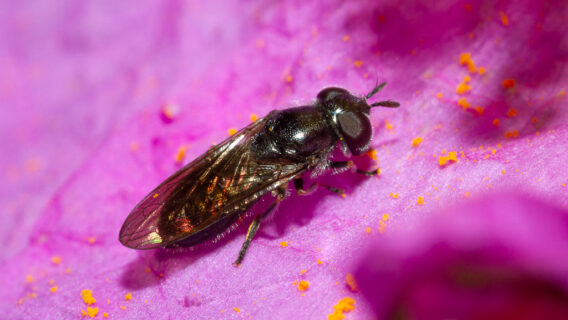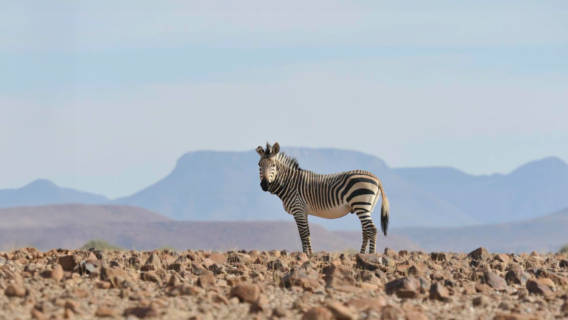Watch our webinar on species monitoring and data collection

Species are monitored for different reasons, such as tracking population levels or threats to assess conservation status, assessing the impact of conservation action, informing management decisions and reporting at local, national and global levels. However, there are many challenges involved in the collection and use of data for monitoring and decision-making, including issues of capacity, resource availability, harmonization of methods and protocols, data gaps and biases, and data accessibility.
Monitoring species for conservation: lessons learned on data collection and use
Took place on Tuesday, 16 May 2023 via Zoom
10:00 – 11:30 AM CEST
By sharing lessons learned from IUCN Save Our Species and Integrated Tiger Habitat Conservation Programme projects on the ground, in addition to the expert knowledge of the IUCN Species Survival Commission Species Monitoring Specialist Group, this webinar explored species monitoring approaches and challenges. We identified lessons learned from three projects on the ground that focused on threatened mammals to help identify common challenges and solutions and how data can be used to inform decision-making processes.
Agenda
- Host:
Dr PJ Stephenson, Chair, IUCN SSC Species Monitoring Specialist Group; Research Fellow, University of Lausanne
- Introduction:
Ana Nieto, Head, Species Conservation Action Team, International Union for Conservation of Nature (IUCN)
- Setting the scene:
“Issues around Mammal Monitoring for Conservation”
Dr PJ Stephenson, Chair, IUCN SSC Species Monitoring Specialist Group; Research Fellow, University of Lausanne
- Presentations:
“Preservation of the World’s Last Wild Addax Population”
Sébastien Pinchon, Association Noé
“Tiger Monitoring and Conservation: an Experience from Bhutan’s Conservation Effort”
Tashi Dhendup, Bhutan’s Department of Forests and Park Services
“Protecting Lemur Habitats in Two Protected Areas: Menabe Antimena and Loky Manambato”
Dr Soary Randrianjafizanaka, Fanamby
Panel discussion and Q&A
Meet the speakers

Tashi Dhendup
Head, Bhutan Tiger Center, Nature Conservation Division, Department of Forests and Park Services, Bhutan
Mr. Tashi Dhendup is the head of the Bhutan Tiger Center and carries over ten years of experience working with species research and conservation in Bhutan. He has used camera traps and non-invasive genetics to study threatened species such as the tiger, snow leopard, and Asiatic black bears. He and his team at the Bhutan Tiger Center lead research and conservation efforts on tigers in the country and also consolidate existing national efforts to ensure the long-term survival of the species. He also serves as a member of the IUCN/SSC Cat Specialist Group.
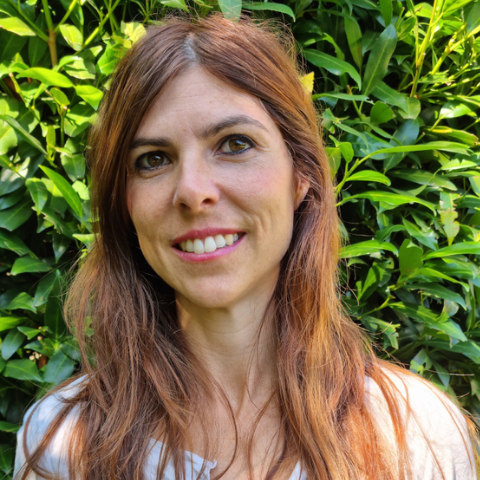
Ana Nieto
Head, Species Conservation Action Team, International Union for Conservation of Nature (IUCN)
Ana Nieto has programme, project management, and managerial skills acquired during her more than eighteen years of professional experience working for international non-for profit organisations. At IUCN, Ana leads the Species Conservation Action Team, being responsible for the overall management of the two IUCN species grant-making facilities, IUCN Save Our Species and the Integrated Tiger Habitat Conservation Programme. Previously, Ana worked at the IUCN Regional Office for Europe, ECNC-European Centre for Nature Conservation (the Netherlands), EUCC–The Coastal Union and did some consultancy work for the European Environment Agency,). Ana holds a Master Degree in Environmental Science/Environmental Management.

Sébastien Pinchon
Head of Operations, Parcs de Noé Programme, Association Noé
Chair, Working Group on International Cooperation of the French Committee of the IUCN
Member, IUCN SSC Antelopes and Pelicans Specialist Group,
Member, IUCN World Commission on Protected Areas Europe
Sébastien is currently the Head of Operations for the Parcs de Noé program, a delegated management program of protected areas, since 2018, with the management of the National Natural Reserve of Termit and Tin-Toumma in Niger and the development of this program, particularly in Chad, in Republic of Congo. He joined the NGO in 2014 as Head of the International Division. He is the volunteer Chairman of the “International Cooperation” Working Group of the French Committee of the IUCN since November 2017, as well as a Member of the SSC IUCN of pelicans, antelopes and member of the WCPA Europe. Sébastien has a parallel commitment to associations, in particular on the conservation of marine mammals in the Indian Ocean and in Madagascar with the Cetamada association, being vice-president of Cetamada France. Sébastien was the supervisor of the Medium Action Grant for the preservation of the world’s last wild addax population, in Niger and Chad.

Dr Soary Randrianjafizanaka
Regional Director, FANAMBY Association
Dr Randrianjafizanaka began her career in the field of the environment in 2008 in the new protected area of Nord-Ifotaky in the East and the South Region of Madagascar, with WWF (World Wildlife For Nature) in 2008. In 2010, she evolved in management of natural resources through community management with SAGE (Environmental Management Support Service) in the South Region. In 2012, she joined the endangered species conservation organizations (Turtle Survival Alliance) in the Southern Region of Madagascar, since 2014, she has represented Madagascar, as Executive Vice Chair, IUCN SSC Tortoise and Freshwater Turtle Specialist Group, ( TFTSG). In 2016, she was appointed Regional Director of the Environment of Ecology and Forests Atsimo Andrefana of the Ministry of Environment and Sustainable Development, Madagascar, consisting in the promotion of the conservation, development and sustainable management of natural resources for the well-being of the population and the sustainable development of the South West region. In 2022, she joined the management of the Menabe Antimena protected area in the Menabe Region with FANAMBY. She is an expert in the field of the environment, which she has enjoyed for 15 years. She devoted her energy to promoting and taking action, always with the same objective: to promote a healthy and sustainable environment, a quality environment for present and future generations. Recognized for her perfect integrity and her great sense of ethics, she has always made communication and conservation a priority.

Dr PJ Stephenson
Chair, IUCN SSC Species Monitoring Specialist Group
Research Fellow, University of Lausanne
PJ is Chair of the IUCN SSC Species Monitoring Specialist Group which aims to enhance biodiversity conservation by improving the availability and use of data on species populations, their habitats and threats. He is also a research fellow at the University of Lausanne where he studies biodiversity data access in different user groups, from governments to businesses. PJ has been involved in species research and conservation for over 30 years. After studying tenrecs in Madagascar for his PhD, he went on to work for Scottish Natural Heritage in the Cairngorms, WWF in the Democratic Republic of Congo and Tanzania, and Conservation International in Côte d’Ivoire. He moved on to establish and manage elephant, great ape and rhino programmes for WWF in Africa. Between 2007 and 2016 he was WWF International’s Director of Conservation Strategy & Performance where he drove results-based management and monitoring across the network. He was recently Senior Advisor, Monitoring, in IUCN’s Science & Knowledge team in Gland and a Senior Research Fellow at ETH Zürich. As well as heading up the Species Monitoring SG, he is a member of the IUCN SSC specialist groups for Primates and Afrotheria and the IUCN World Commission on Protected Areas.
This webinar is created with the financial support of the European Union and The German Cooperation via KfW Development Bank. Its contents are the sole responsibility of IUCN and do not necessarily reflect the views of the European Union, The German Cooperation or KfW.

